Jan’s Wedding Ring
Estimated reading time: 8 minutes, 11 seconds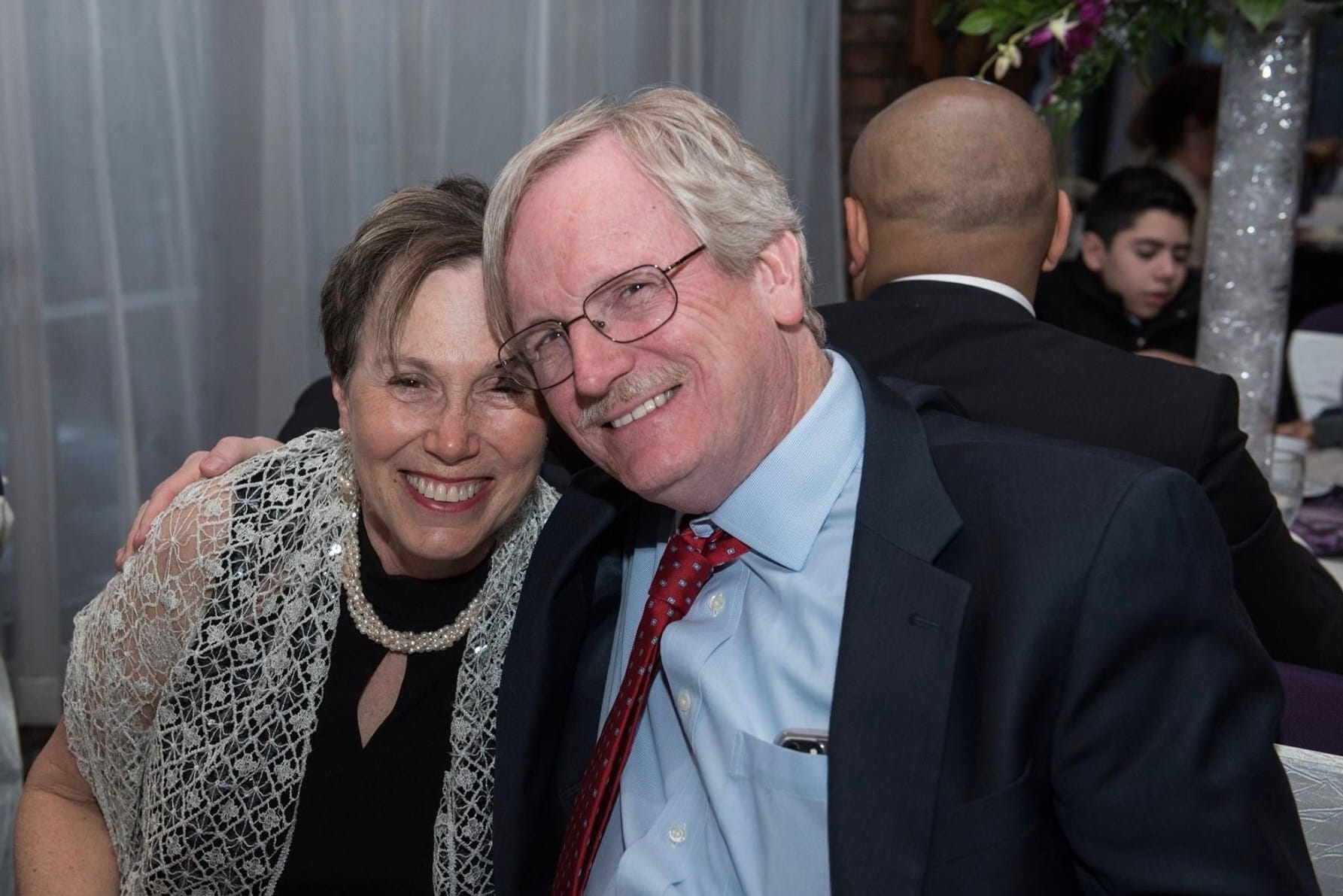
Jan’s Ring Has to be Removed
“My love,” I said. “I was in Martin Jewelers, and they can remove your ring today.” It was in the early days of COVID-19, and we both were concerned about getting infected. We both knew that her fingers were swelling rapidly from the chemotherapy and other treatments.
Dress warmly, and I will meet you at the elevator and walk you over,” I explained.
It took two very skilled staff to cut the ring as the swelling had given them little room to work. Jan cried both from the pain and the loss of her wedding band.
I still love you and always will, even without a ring,” I cried.
We walked home slowly as Jan was very weak. Holding her hand without her ring was very weird. I loved her more every day despite her lack of a wedding ring. For the next year, I would become accustomed to her bare finger.
Do you think I can get my ring fixed,” Jan asked me most days and nights after that. I said not only would we but also reset some diamonds that my Mom had left her into a second wedding ring.
The treatments and hospitalizations resulted in a delay in completing those two steps. Jan and I always believed she would fully recover from the lymphoma, and the first thing we would do to celebrate would be to fix the original band and place a diamond ring on her finger.
With This Ring I Thee Wed
“I have your ring,” I said as I sat beside her in the hospital. It was the last day before she came home for hospice care. They had adjusted mine, and it seemed a little looser than I would have liked. “Can I put it back on your finger?”
“No, I do not want to wear it in the hospital,” she cried. I want it when I get home.”
On Saturday, the first day of hospice, we purchased four flower arrangements to welcome her home. It could have been a wedding reception if not for the hospital bed.
I placed the ring back on her finger and said as I held back a flood of tears, “With this ring, I thee wed….”
I had thought nothing would be as emotional as the first time I put the wedding ring on her finger at sunset overlooking Central Park. Our love and affection have grown stronger in the almost forty-six years since our marriage.
However, sliding the ring on her finger in a hospital bed was more emotional than our wedding day. I kissed her and said I loved her as the wedding ring slipped into place.
As our two sons adjusted the bed, I stepped away and prepared her medications.
Not wanting to weep openly in front of her, I excused myself and went upstairs to weep uncontrollably in private.
Jan Still Wears Her Ring
“Should we remove the ring,” someone said after Jan had died. Without more than a nanosecond to think, I said no. “She wanted her ring, and it will stay with her,” I said emphatically.
Sitting beside her, holding her cold hands, I could not believe she was no longer alive. I felt tears forming in my eyes, but I had cried so much over the last month that nothing came out.
The visiting nurse arrived to confirm what we already knew. After completing the required paperwork, she asked, “Do you want me to remove the wedding ring?”
Again, I said no.
I was concerned that there might be a prohibition against leaving a wedding ring on a deceased person, so I called Rabbi Renee.
“Rabbi, how are you? Is there any reason I need to remove Jan’s wedding ring?
She paused a long time before answering. I was almost afraid she was going to tell me to remove it.
“I know how much Jan wanted her wedding ring, and I know of no reason you cannot leave it on her finger,” the Rabbi said.
Jan still wears her wedding ring despite a final request to remove it from the funeral home. I am still wearing mine and always will.
After almost 48 years, I recently lost my wife, Jan Lilien. Like The Little Prince, Jan and I believed that “The most beautiful things in the world cannot be seen or touched, they are felt with the heart.” This blog is a collection of my random thoughts on love, grief, life, and all things considered.
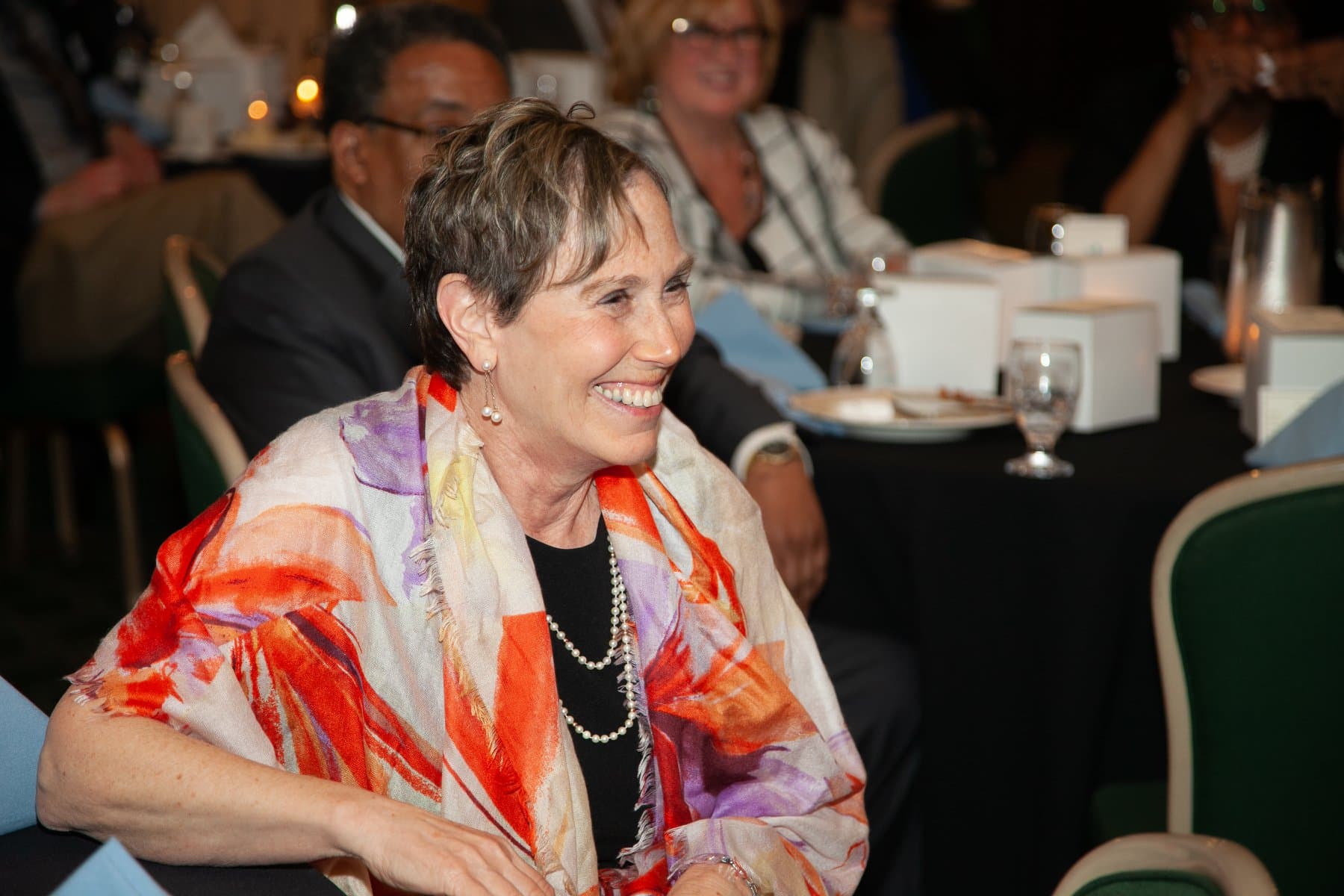

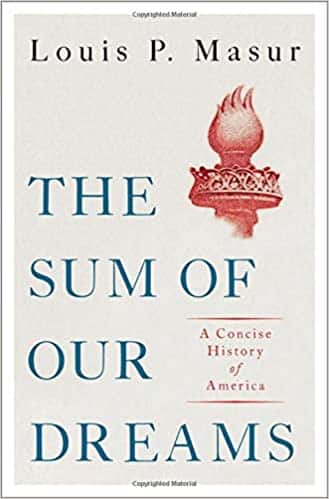
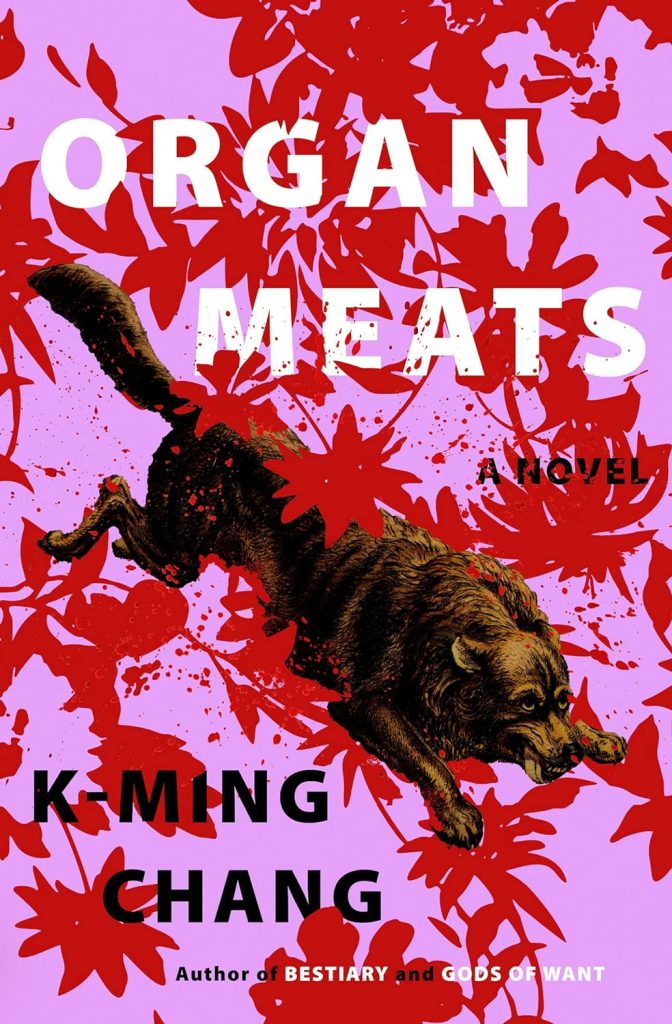
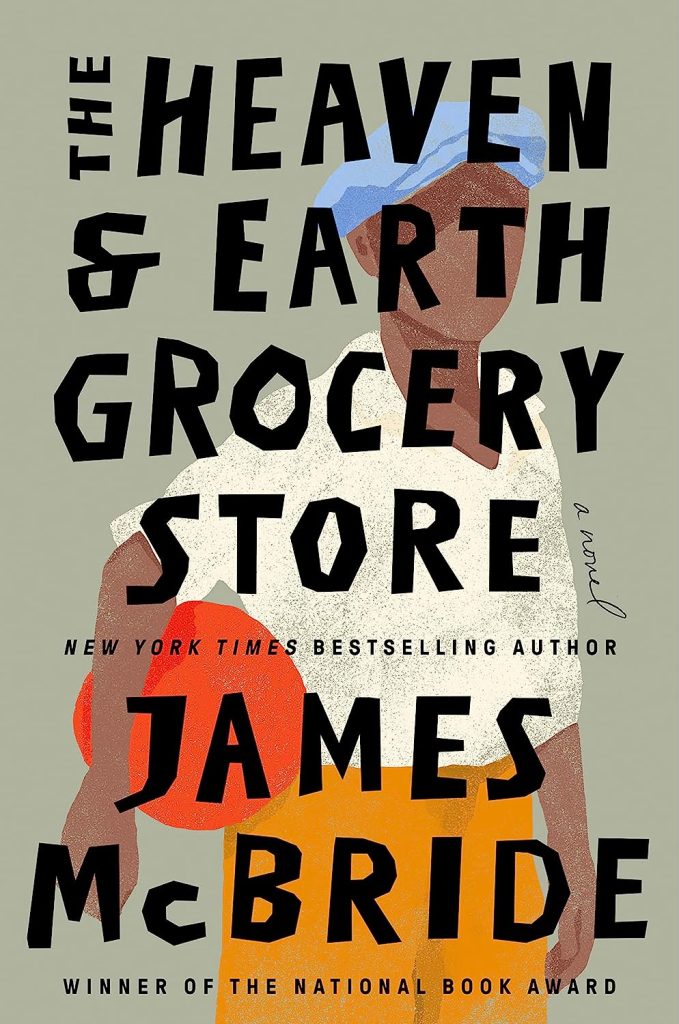
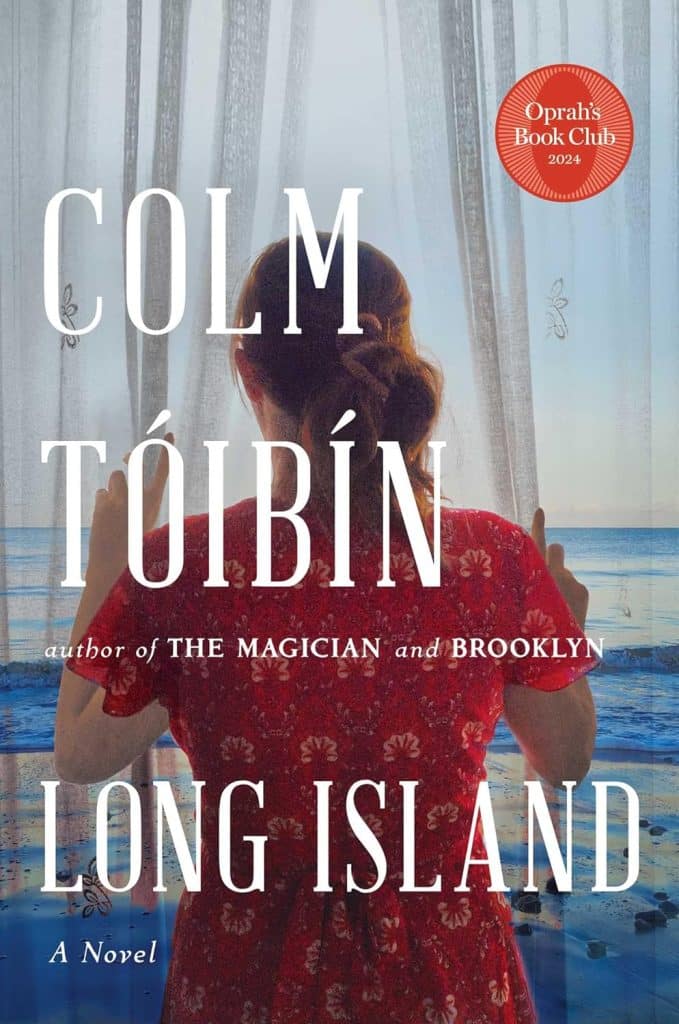
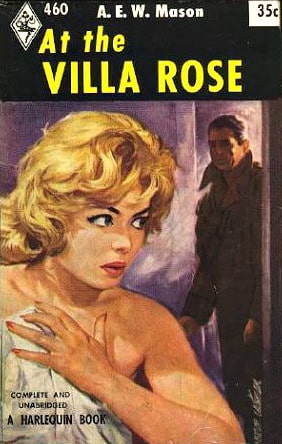
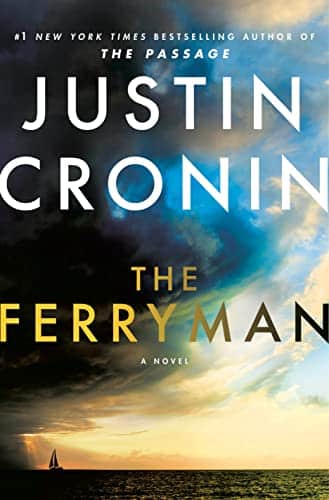
This is beautiful; thanks for sharing. Each page brought a new round of tears of appreciation for the love that the two of you shared.